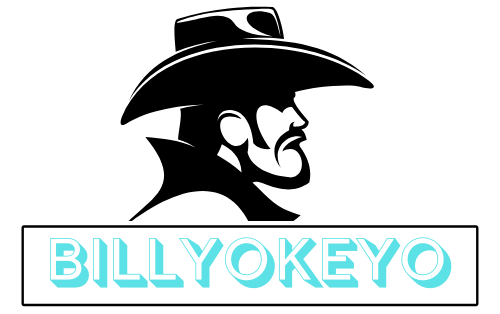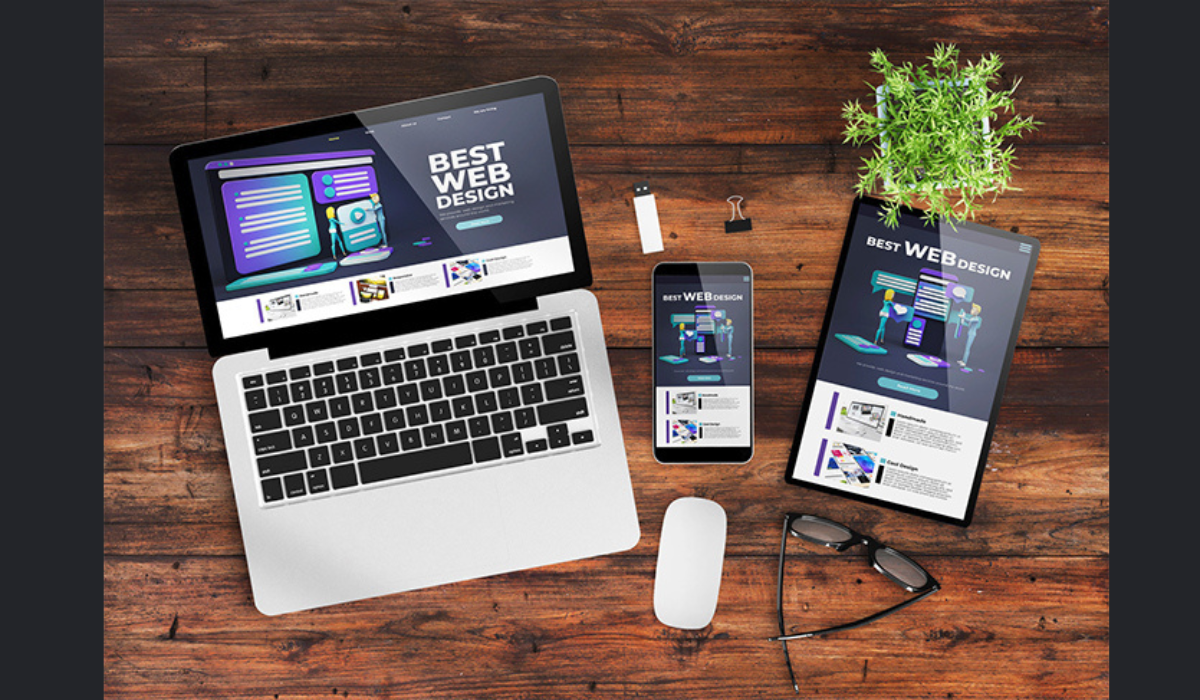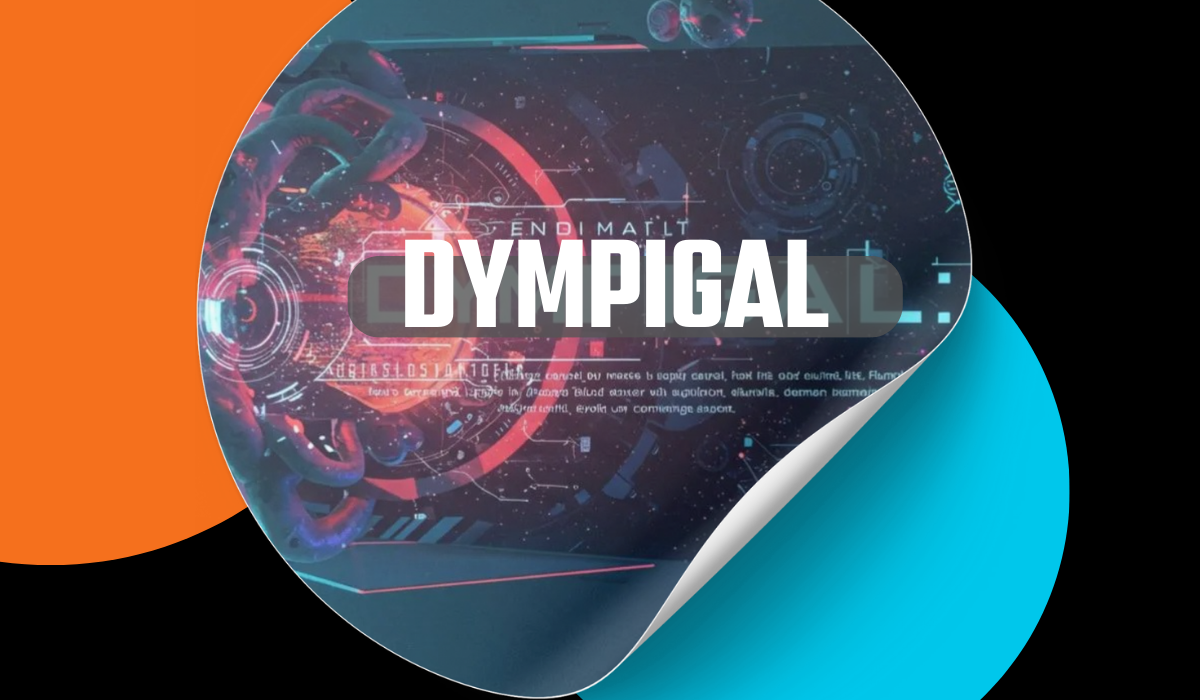Websites are more than digital posters. They are living experiences. Every scroll, click, and hover sparks emotion. Emotional design harnesses that spark. It shapes how visitors react and decides whether they stay or flee. It also determines if they trust or doubt.
In short, emotional design transforms cold screens into warm interactions. So, let’s learn how to leverage it for web design in Sydney.
First things first—
What Is Emotional Design?
Emotional design is the craft of creating websites that stir feelings. It does not rely only on logic. It taps into psychology, awakens memory, and nudges instinct. A well-designed web design in Sydney does more than share data. It evokes delight, comfort, curiosity, and even loyalty.
This approach uses human emotion as the foundation. Fonts, colours, and layouts are not chosen randomly. They are chosen to trigger a response. For instance:
- A shade of blue calms.
- A burst of red energises.
- A rounded button reassures.
- A sharp line demands attention.
Emotional design makes choices intentional.
The Power of First Impressions
Visitors judge a website instantly. One glance can seal their decision. Beauty pulls them in, while clumsiness pushes them away. This judgment is emotional, not rational. People feel before they think. Emotional design recognises this split-second moment and prepares every pixel to charm.
The Role of Colour
Colour is the heartbeat of emotional web design in Sydney. Each hue whispers to the subconscious.
- Blue offers peace.
- Green offers balance.
- Yellow radiates optimism.
- Black radiates authority.
- White brings clarity.
A travel website might drench its background in blue skies and golden tones to let visitors feel adventure. A financial platform might adopt navy and grey to make visitors feel stability. This way, colours frame the story and direct the mood.
Typography as Voice
Typography is not neutral. It sets the tone. A serif font speaks of tradition. A sans-serif font speaks progress. A handwritten font speaks of intimacy. In a nutshell, typography breathes life into content.
Imagine a charity site. A soft, rounded font creates warmth, making visitors feel welcomed. Now, picture a tech startup site. A sleek geometric font exudes innovation that makes visitors feel inspired.
Emotional design treats type as a voice that resonates with audience values.
Imagery and Emotion
Pictures bypass logic. They strike emotion directly. A single image can do what paragraphs cannot. Smiles in a photo radiate joy. Landscapes radiate freedom. Minimalist graphics radiate clarity.
A nonprofit might show the faces of real people. An eco brand might show forests and oceans. Images build bridges between brand and user, so emotional design selects visuals with purpose.
Interaction as Experience
Static websites feel lifeless, but emotional design embraces interaction. A button that lights up on hover feels playful. A form that responds with gentle motion feels human. Interaction transforms users into participants. They do not just consume. They engage and deepen connection.
These details seem small, but they create emotion.
Storytelling in Design
Emotional design weaves stories into layouts.
- A homepage can act as a prologue.
- A product page can act as a chapter.
- A contact page can act as an epilogue.
Storytelling guides visitors through a narrative.
For example, a wellness brand might structure its site like a healing journey, or a web design agency in Sydney might structure its site like a creative adventure. Storytelling shapes not just what users see but how they feel.
Trust Through Emotion
Trust is an emotion. A site that feels honest earns loyalty. When a site feels trustworthy, visitors invest more time. They share details and make purchases. Trust is invisible, but it is powerful. Designers who master emotional cues create loyalty that data alone cannot achieve.
The Psychology of Delight
Delight is the hidden treasure of emotional design. It comes from surprises and charm. A tiny animation, a witty error page, or a smooth checkout process can create delight. And visitors remember this delight and return for it over and over again. This transforms your web design in Sydney into a destination.
Accessibility as Care
Emotional design is not limited to aesthetics—It includes care.
Accessibility is emotional respect. For example, large text comforts strained eyes, high contrast helps clarity, and screen reader support offers dignity. Visitors with challenges feel seen, included and valued with these features. This emotional connection builds deeper bonds than flashy visuals ever could.
Negative Emotions and Design
Not every emotion must be cheerful. Emotional design also uses tension. Urgency triggers action, and scarcity triggers desire.
An e-commerce site might highlight limited stock in red to make its visitors feel urgency. Similarly, a safety site might highlight hazards in bold yellow to evoke caution. Negative emotions have purpose, and they drive decisions just as efficiently.
Emotional Consistency
A site must maintain consistent emotion. Conflicting signals confuse visitors. A calming homepage cannot lead to a chaotic checkout, nor can a friendly tone cannot suddenly switch to cold language. Emotional design respects continuity.
Consistency builds identity. It ensures that the user journey feels smooth and steady from start to finish. Visitors leave with a lasting impression. That impression defines the brand.
Conclusion
Emotional design is the secret ingredient of many unforgettable web designs in Sydney. It goes beyond function. It makes people feel and remember. Fonts, colours, images, and interactions all weave emotion.
A website without emotion is forgettable, but a website with emotion is magnetic. If you also want to transform your website into a magnet, connect with experts like Make My Website and discuss your needs. You’ll be happy you made this decision.
Good luck!





